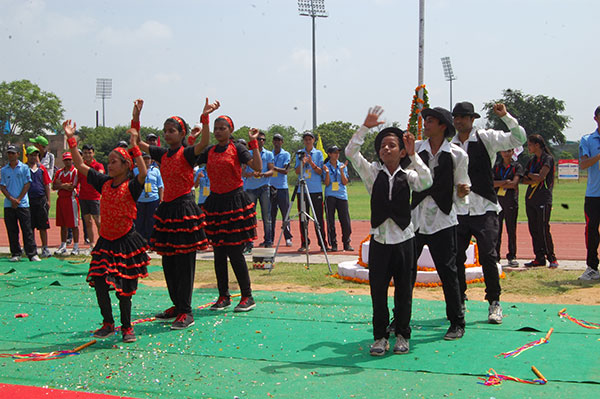
In Physiotherapy we aim to rehabilitate and improve children with movement disorder by using evidence-based, natural methods such as exercise, motivation, adapted equipment and education. We support a child’s motor development in order to maximize his/her function and independence in all settings: home, school and in the community.
Treatment and Intervention
Children with delayed milestones are given NDT which helps them to attain their milestones. A combination of exercises, postures, and various equipments is used to achieve the purpose
Since muscles tend to be weak in a child with cerebral palsy, working with specific muscle groups enables them to help support a child’s body better and increase its overall functioning. Strengthening of the weak muscles is being done by the therapist either manually or with the help of dumbbells, therabands, gym balls, medicine balls, and various other equipments.
Mat exercises help the children to achieve the developmental goals in a safe and a more practical environment
Holding the body in a specific position as well as transitioning between positions are vital for a child with cerebral palsy to increase mobility and independence.
Simple and basic activities with very minimal effort are done in this gym. This is basically meant for children aged 0-5 years
More complex and harder activities are performed in gym. These are basically meant for children above 5 years of age.
Gait training is given to make the child learn the right way to walk. Parallel bars may be used to help with gait training, especially in the early stages when a patient is first learning or re-learning to walk. They involve a person walking between two handrails to support themselves, often with the therapist either helping to support the patient or physically moving the patient’s legs. Gait trainer or other gait aids are also utilized.
Balance training is to strengthen the muscles used during standing and walking with the help of different equipments such as balance board etc.
Electrical stimulation technique uses electrical currents to activate nerves innervating extremities affected in different conditions.
Orthotics are an externally applied device used to modify the structural and functional characteristics of the neuromuscular and skeletal system.
